MedTech News
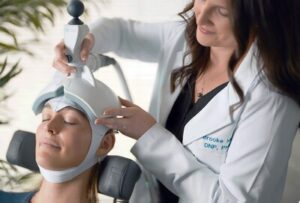
Ampa Launches Nationwide Rollout of Portable FDA-Cleared Brain Stimulation System Following $8.5M Oversubscribed Funding Round
PALO ALTO, Calif., Oct. 22, 2025 /PRNewswire/ — Four months after emerging from stealth with FDA clearance of the Ampa One system and an oversubscribed $8.5 million round led by Nexus NeuroTech Ventures, Ampa today announced its nationwide rollout. This milestone marks a major step in bringing advanced, non-invasive brain stimulation to patients across the country and brings Ampa’s total funding to $18 million.

Blocking thyroid hormone receptor offers new approach to prostate cancer treatment
An international research team led by the Medical University of Vienna has demonstrated for the first time that thyroid hormone plays a key role in the development and progression of prostate cancer. By blocking a specific thyroid hormone receptor, cancer growth was inhibited in both animal models and tumor cell cultures.

Researchers find a new targeted approach to shut down prostate cancer growth
Prostate cancer relies on genetic “switches,” called enhancers, that can turn on tumor-promoting genes. Researchers at the University of Michigan Health Rogel Cancer Center have discovered histone H2B N-terminal acetylation (H2BNTac), an essential chemical mark of these enhancers. They further implicate two proteins, p300 and CBP, that add these marks, and along with the androgen receptor, turn on enhancers and promote prostate cancer growth.
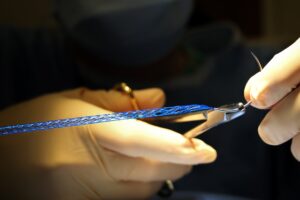
Mesh Suture, Inc. Secures Key Regulatory Approvals, Accelerating Global Access to DURAMESH™ for Surgeons Worldwide
CHICAGO, Oct. 21, 2025 /PRNewswire/ — Mesh Suture, Inc. (MSi), a company focused on redefining the standard for surgical closure, today announced it has achieved two major regulatory milestones for DURAMESH™, its flagship product for surgical repairs. Notably, MSi has obtained certifications under both the European Union Medical Device Regulation (EU MDR) and the Medical Device Single Audit Program (MDSAP), reflecting the company’s continued commitment to delivering safe and effective surgical closure solutions globally.
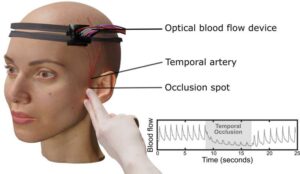
Optical device distinguishes blood flow signals from the brain and scalp
Measuring blood flow in the brain is critical for responding to a range of neurological problems, including stroke, traumatic brain injury (TBI) and vascular dementia. But existing techniques, including magnetic resonance imaging and computed tomography, are expensive and therefore not widely available.

IoT sensors in the home reveal links between daily routines and mental health
A research team led by Professor Uichin Lee from the School of Computing has demonstrated the possibility of accurately tracking an individual’s mental health status using in-home Internet of Things (IoT) sensor data. The study is published in the Proceedings of the ACM on Interactive, Mobile, Wearable and Ubiquitous Technologies.
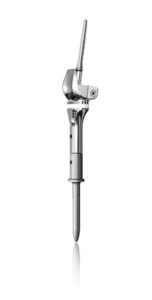
Onkos Surgical® Receives FDA 510(k) Clearance for ELEOS™ Proximal Tibia with NanoCept® Antibacterial Technology
PARSIPPANY, N.J., Oct. 21, 2025 /PRNewswire/ — Onkos Surgical, a leading provider of innovative solutions for complex orthopaedic procedures, announced that it has recently received a 510(k) clearance from the U.S. Food and Drug Administration (FDA) for its ELEOS Proximal Tibia with NanoCept Antibacterial Technology. This marks the first 510(k) clearance for the NanoCept Antibacterial Technology since the original De Novo authorization was granted in April of 2024.
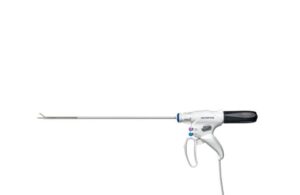
Olympus launches new surgical energy device for hemostatic cutting, vessel sealing
Olympus announced today that it launched Thunderbeat II, its next-generation hybrid energy device for soft tissue management.
